Nau mai, haere mai ki Te Puia. Please check-in 15 minutes prior to your scheduled tour departure time.
Artists
|
Wi-Kuki Hewett

Wi-Kuki Hewett
Pouako (Tutor)- Rongowhakaata, Ngāi Tai
Wānanga
Description Wi-Kuki Hewett has studied the craft of bone and stone carving under the guidance of Master Practitioner, Stacy Gordine in the Te Takapū o Rotowhio School. He has a passion for carving derived from a Rongowhakaata master carver of his time, Raharuhi Rukupō most famous for his carved house, Te Hau-ki-Tūranga. Within two years of studying at the New Zealand Māori Arts and Crafts Institute, Wi-Kuki’s passion for whakairo has grown immensely and he hopes to continue to learn and further his knowledge and skill in this craft.
Te Takapū o Rotowhio
Description Wi-Kuki Hewett has studied the craft of bone and stone carving under the guidance of Master Practitioner, Stacy Gordine in the Te Takapū o Rotowhio School. He has a passion for carving derived from a Rongowhakaata master carver of his time, Raharuhi Rukupō most famous for his carved house, Te Hau-ki-Tūranga. Within two years of studying at the New Zealand Māori Arts and Crafts Institute, Wi-Kuki’s passion for whakairo has grown immensely and he hopes to continue to learn and further his knowledge and skill in this craft.
Wi-Kuki Hewett has studied the craft of bone and stone carving under the guidance of Master Practitioner, Stacy Gordine in the Te Takapū o Rotowhio School.
He has a passion for carving derived from a Rongowhakaata master carver of his time, Raharuhi Rukupō most famous for his carved house, Te Hau-ki-Tūranga. Within two years of studying at the New Zealand Māori Arts and Crafts Institute, Wi-Kuki’s passion for whakairo has grown immensely and he hopes to continue to learn and further his knowledge and skill in this craft.
Their creations
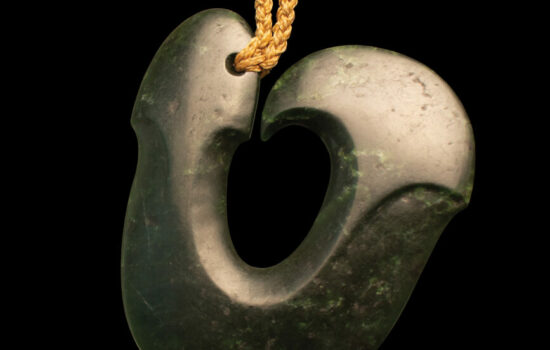
Sold
Hei Matau
Coastal and river-based Māori tribes traditionally used a variety of fishhooks and lures. Hooks and lures varied in shape, material and design. Today hei matau (fishhooks) have become symbolic of traditional Māori technology and continue to symbolize a relationship to Tangaroa, God of the sea.
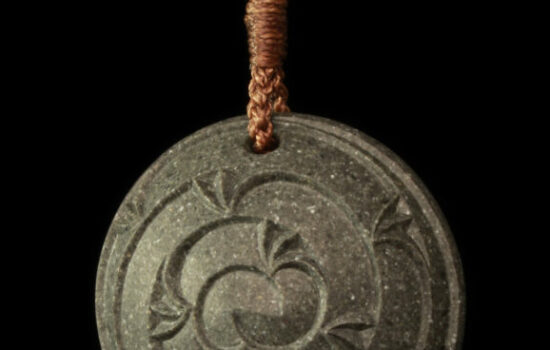
Sold
Pungawerewere
Surface patterns, as well as being decorative, are also used for enhancing specific narratives behind carvings. Surface patterns are not confined to just wood carving but can be found on bone carving and Tā Moko (tattooing)
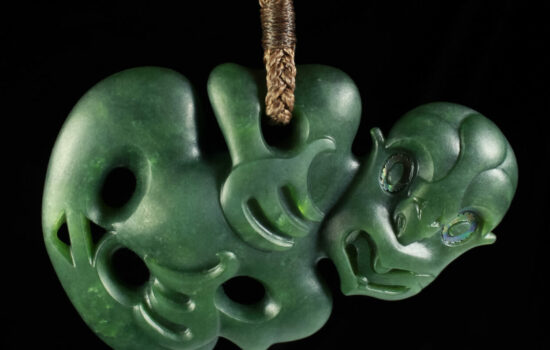
Sold
Hei Tiki
Hei tiki are the best known of all Māori adornments. Tiki are symbols of fertility that depict a new-born child. They are often family heirlooms bearing personal names and embodying their wearers lineage. As with most Māori personal adornments, hei tiki are often passed down generationally.
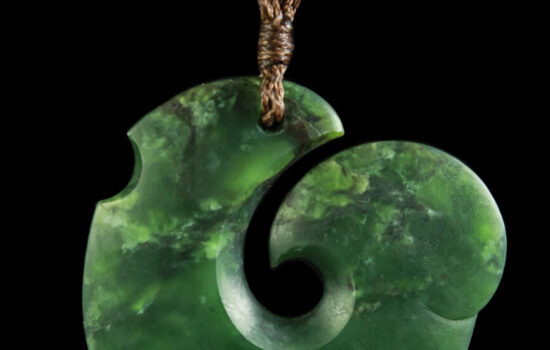
Sold
Hei Matau
Coastal and river-based Māori tribes traditionally used a variety of fishhooks and lures. Hooks and lures varied in shape, material and design. Today hei matau (fishhooks) have become symbolic of traditional Māori technology and continue to symbolize a relationship to Tangaroa, God of the sea.
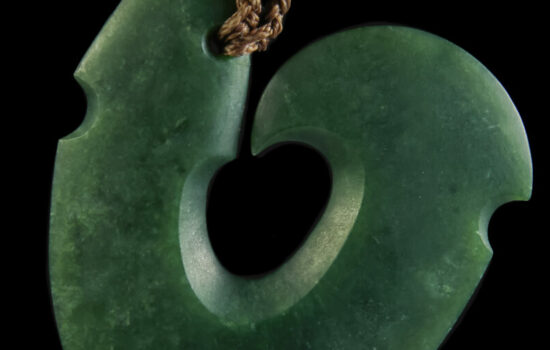
Sold
Hei Matau
Coastal and river-based Māori tribes traditionally used a variety of fishhooks and lures. Hooks and lures varied in shape, material and design. Today hei matau (fishhooks) have become symbolic of traditional Māori technology and continue to symbolize a relationship to Tangaroa, God of the sea.
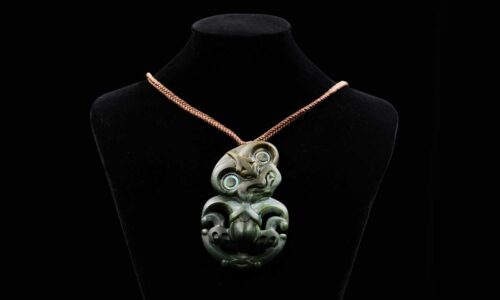
Sold
Hei Tiki
Hei tiki are the best known of all Māori adornments. Tiki are symbols of fertility that depict a new-born child. They are often family heirlooms bearing personal names and embodying their wearers lineage. As with most Māori personal adornments, hei tiki are often passed down generationally.
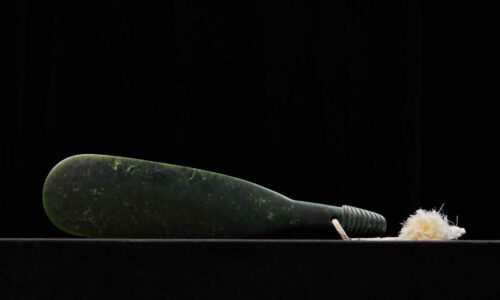
Mere Pounamu
The mere pounamu (greenstone) like the patu were often sharp at their forward edge and were used with thrusting, jabbing and swinging blows. Māori weapons are notable for their fine sculptural form and were designed for close hand-to-hand combat. No other stone-age war implements surpassed them in deadly effectiveness. The mere pounamu is the most […]